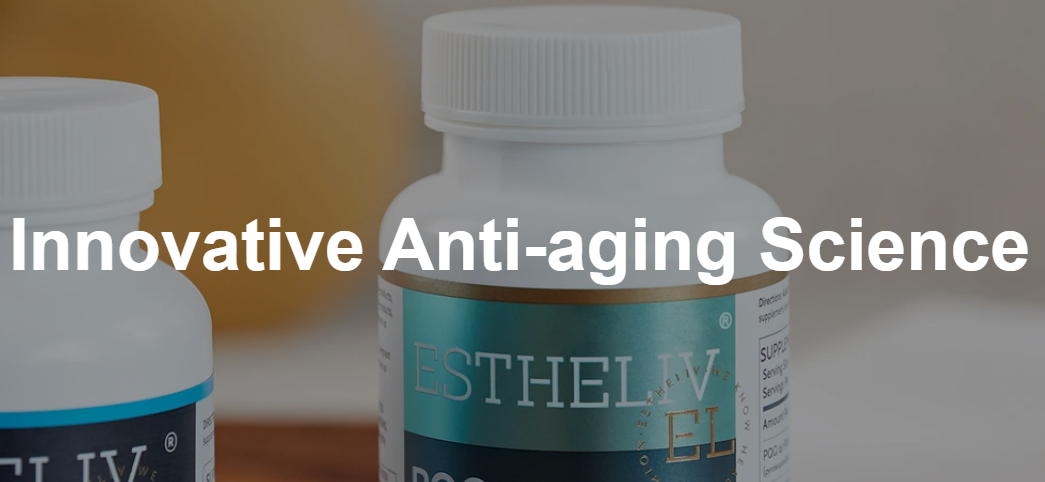Pyrroloquinoline quinone (PQQ) is a compound produced by bacteria. It has been found to scavenge reactive oxygen species and protect cells from oxidative stress. In addition, it has been reported to protect cells against glutamate-induced apoptosis. However, the mechanisms by which PQQ exerts its effects are not fully understood. Hence, this study investigated the effects of PQQ on chondrosarcoma cell apoptosis and tumorigenesis in vivo.
In the present study, the effect of PQQ on oxidative stress-induced cell damage and apoptosis was examined in SW1353 chondrosarcoma cells. Cells treated with PQQ had decreased mitochondrial volume, apoptosis rate, and tumor size, and decreased g-H2A histone member X expression. Moreover, PQQ had a beneficial impact on a reoxygenation cardiac injury model of premature senescence.
The combination of PQQ with superoxide dismutase 2 hydrogen bond significantly augmented EOMA cell mitochondrial dynamics and cell survival. However, the effect of PQQ alone on apoptosis rate was not statistically significant. Furthermore, the effect of combination therapy was three-fold greater than that of weak X-ray therapy. This suggests that the mechanism of PQQ may be related to its ability to antagonize several types of oxidative stress-induced cell damage.
Interestingly, the effects of PQQ on apoptosis in SW1353 chondrosarcoma cell model were not dependent on the levels of g-H2A histone member. Rather, the effect of PQQ on the apoptotic rate was time-dependent. Nevertheless, it seems likely that the g-H2A histone molecule is critical in PQQ-induced cell apoptosis. Similarly, increased intracellular ROS levels may be associated with a similar mechanism.
